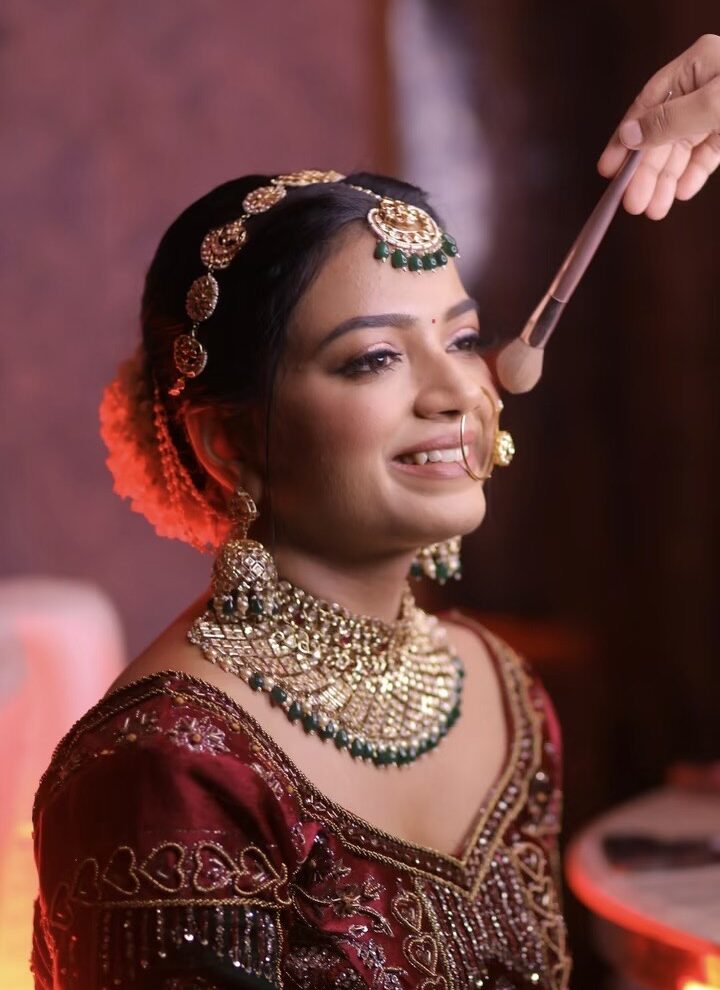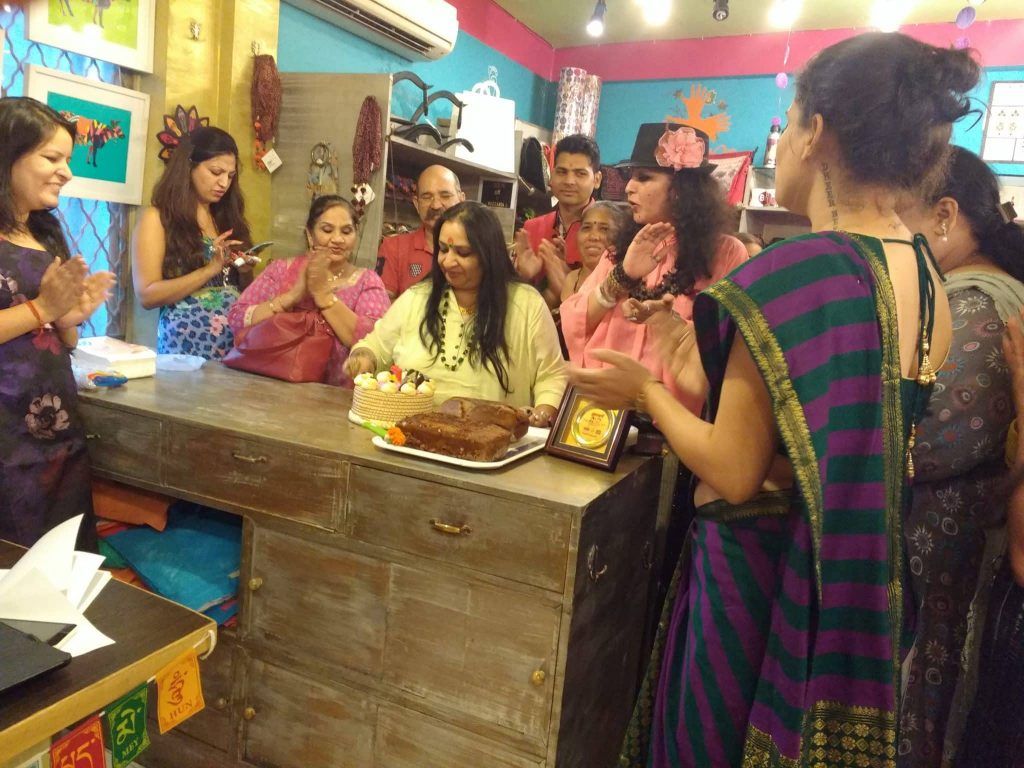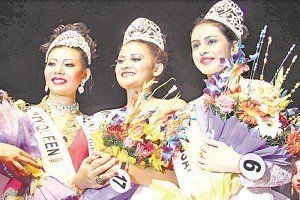Fashion, like the seasons, is in constant motion shifting, evolving, and circling back to its roots. While modern fashion is often associated with fast-changing trends and innovation, many of the designs seen on runways and in street style are deeply rooted in tradition. Across the globe, seasonal elegance is not just about staying warm in winter or cool in summer it’s about expressing heritage, artistry, and identity. Traditional fashion, with its rich textures, symbolic motifs, and timeless silhouettes, continues to inspire and shape modern trends in remarkable ways.
Table of Contents
The Timelessness of Tradition
Traditional garments are more than just clothing they are cultural artifacts. Whether it’s the Japanese kimono, the Indian saree, the Scottish kilt, or the Nigerian agbada, these garments tell stories of a people’s history, geography, and values. Designers across generations have drawn from these traditional pieces, not only to pay homage to their origins but also to reinterpret their meanings in a contemporary context.
Modern fashion often takes these classic pieces and reimagines them with new fabrics, cuts, and color palettes, blending the old with the new. This process doesn’t dilute tradition; instead, it breathes new life into it, allowing younger generations to engage with their cultural identities in stylish, modern ways.
Seasonal Influence: Nature and Necessity
Tradition often stems from practicality, especially in relation to the climate and seasons. In colder climates, wool and layered garments such as capes, cloaks, and heavy coats were essential. In contrast, hot and humid regions favored lightweight fabrics like cotton and linen, with looser silhouettes to encourage airflow. These natural responses to weather have influenced fashion design for centuries and continue to do so today.
For instance, Scandinavian designers have popularized modern takes on layered winter wear, with inspiration drawn from Nordic folk costumes and their functional elegance. Similarly, summer collections often echo tropical and desert traditions, featuring flowing fabrics and relaxed fits reminiscent of kaftans, sarongs, and djellabas.
Textile Traditions in Contemporary Design
One of the most evident ways traditional fashion influences modern trends is through textiles. Hand-woven fabrics, natural dyes, and regional patterns are being revived in mainstream fashion. Brands both big and small are increasingly collaborating with artisans to produce limited-edition collections that highlight traditional craftsmanship.
Take ikat, for example a dyeing technique used across Central Asia, India, and Southeast Asia. Its blurred, tie-dye-like patterns have appeared in high-fashion collections and on fast fashion racks alike. Similarly, African wax prints, with their bold colors and symbolic designs, have become iconic elements in global streetwear and runway styles.
These collaborations are more than aesthetic. they represent a growing movement towards ethical fashion, sustainability, and cultural appreciation. Consumers are becoming more conscious about where their clothes come from, and traditional textiles offer both beauty and meaning in a way mass-produced materials often cannot.
The Influence of Traditional Silhouettes
Modern designers frequently revisit the structural aspects of traditional garments to inspire new forms. The structured shoulder of a Chinese cheongsam, the asymmetry of a Korean hanbok, or the dramatic volume of a Victorian crinoline have all served as blueprints for modern pieces.
Design houses like Alexander McQueen, Dior, and Gucci have famously used historical silhouettes to add drama and gravitas to their collections. In streetwear, too, we see nods to tradition: oversized shirts reminiscent of West African boubous or wrap skirts inspired by Polynesian pareos. Even athleisure has borrowed from martial arts uniforms and traditional yoga wear.
By blending these traditional forms with modern cuts and fabrics, designers create a kind of seasonal elegance that feels both nostalgic and futuristic.
Accessories with Ancestry
It’s not just clothing accessories rooted in tradition are making a huge comeback. Embroidered handbags, beaded jewelry, turbans, headwraps, and traditional footwear like Japanese geta sandals or Indian juttis are being incorporated into modern wardrobes.
These accessories often carry symbolism colors, patterns, and materials that signify status, spirituality, or regional identity. When integrated into modern outfits, they add depth and a sense of storytelling to the ensemble. In colder seasons, for example, we see the revival of traditional woolen shawls and scarves with intricate patterns that do more than just keep you warm they connect you to a cultural lineage.
Fusion Fashion and Cultural Exchange
The beauty of global fashion today lies in its interconnectedness. We live in an era where a designer in Paris can be inspired by Mongolian deel coats, and a fashion house in New York may build a collection around South American ponchos. This fusion of styles leads to hybrid designs that are both respectful of tradition and expressive of contemporary creativity.
Fashion weeks now frequently showcase collections that merge East and West, old and new. This cultural exchange fosters a broader understanding and appreciation of global aesthetics. However, it also brings responsibility designers and brands must approach traditional inspirations with respect, ensuring they don’t veer into cultural appropriation.
Seasonal Elegance as a Philosophy
Seasonal elegance isn’t just about dressing for the weather. it’s about aligning with nature, culture, and personal expression. Traditional fashion has always embraced this philosophy, with clothing designed not only for function but for harmony with the environment and community.
Modern fashion, when it draws from this wellspring, becomes more than trend-driven; it becomes meaningful. A hand-embroidered shawl in winter, a cotton handloom dress in summer these are choices that connect us with our heritage, support artisan communities, and remind us of the beauty in slow, thoughtful design.
The Future: A Return to Roots
As the fashion industry moves towards more sustainable and ethical practices, traditional fashion’s influence is likely to grow. Craftsmanship, natural materials, and season-specific designs are not just beautiful they are the future of conscious fashion.
Young designers, especially those from underrepresented backgrounds, are reclaiming their cultures through fashion. By blending modern aesthetics with traditional techniques, they are creating garments that are both innovative and rooted in history.
In doing so, they are redefining what elegance means making it seasonal, yes, but also sustainable, symbolic, and soulful.
Conclusion
Traditional fashion is not a relic of the past. it is a living source of inspiration that continues to shape the future of style. In every pleat, pattern, and piece passed down through generations, there is a story and in today’s globalized world, those stories are being retold in fresh, fashionable ways. Seasonal elegance is, at its heart, a celebration of this continuity a reminder that while trends may come and go, the essence of tradition endures, beautifully.












